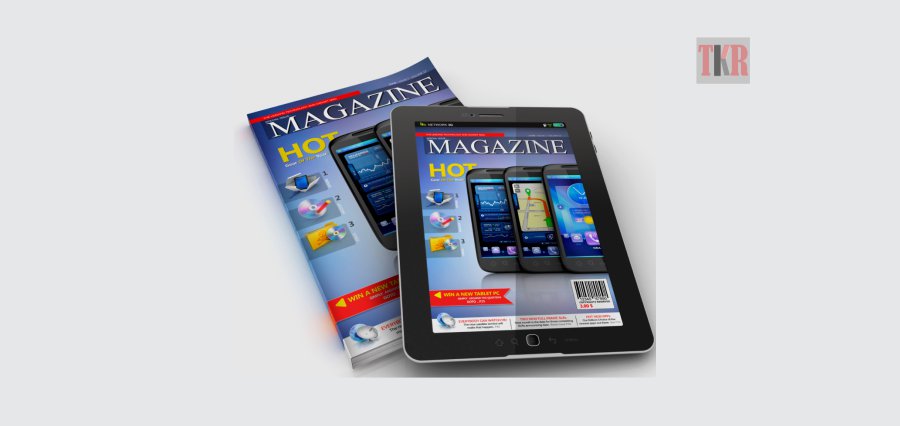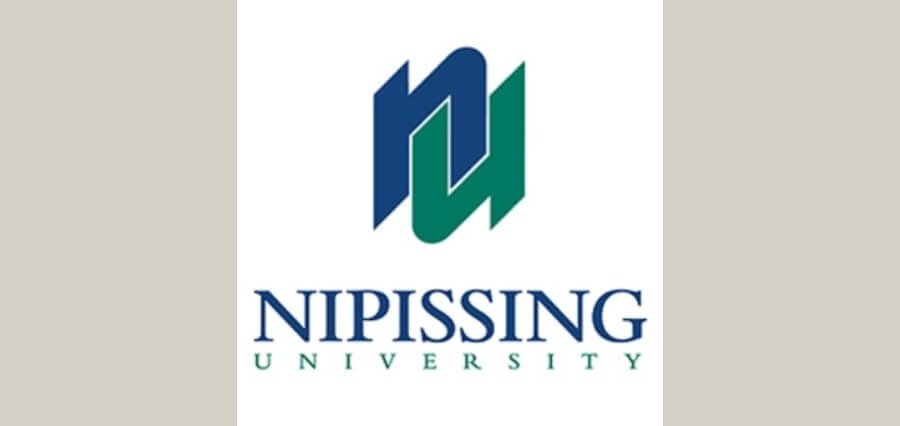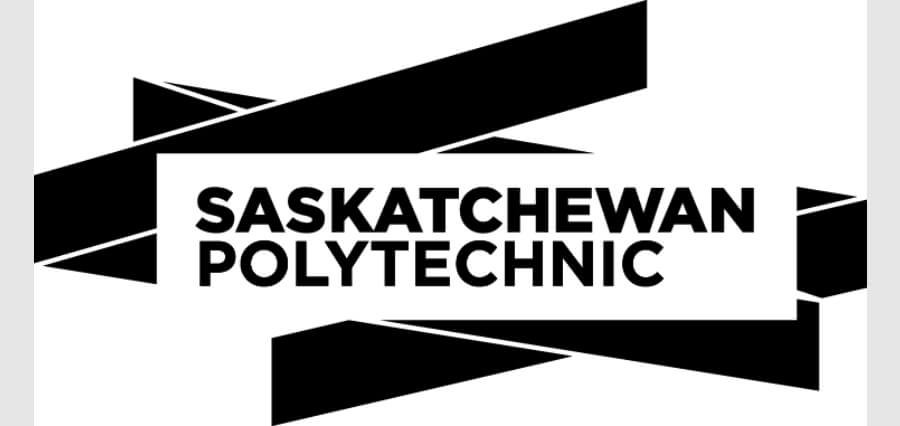The digital transformation has radically altered the publishing industry. Many people believe that the emergence of eBooks, audiobooks, and online news marks the impending death of the printed word. But is print media truly on its way to becoming a museum piece or will it prove to be resilient in the face of the digital era?
Virtually everyone agrees that the digital transformation of the media industry is already well underway. Consumer behavior and expectations are driving this change, and younger generations, in particular, are accustomed to instant access to global content at all times. The rapid rise of mobile and other technologies has reshaped the way the world creates and consumes information and this change is profoundly affecting the media sector. The relative affordability of mobile technology is another catalyst for the digital transformation, as it allows a growing number of consumers to utilize the latest tools in their quest to enjoy the content.
Surveys show that an amazing 97 percent of media businesses think their industry has been interrupted by the digital transformation. At the same moment, only 44 percent believe that it is a part of the disturbance and it helps to guide towards a fresh strategy. Instead of viewing digitalization as a threat, media companies should incorporate their content into high-quality customer experiences, including tailored content, more appropriate and customized advertising, and other creative ways of competing effectively in the contemporary ecosystem. While there is no question that the digital transformation has permanently altered the media industry, there has been a considerable exaggeration of accounts of print death. The truth is that for a big proportion of customers, the concrete nature of physical media remains essential.
The Digital Side
Digital media has several advantages in marketing and advertising. Depending on the details of each campaign, it can be less costly than print media. Usually, digital campaigns can be generated, initiated, and updated quicker than printing.
Digital media can be interactive in several forms. A social media promotion enables marketers to interact directly with customers using messaging, commenting, tweeting, wall posting, and other techniques to answer questions and give rewards. Users can also scan for a digital document or search within the document itself. A digital advertisement could also be interactive, such as a match or competition that enables for involvement and involves customers further.
Digital advertisements enable comparatively more control over who sees them than print advertisements, so marketers can focus on demographics more readily. Many digital advertisements can also produce customer data, providing insight into who is watching the advertisements precisely. For example, Google AdWords and Facebook Ads provide user trends assessment and advertisement-generated effective referrals.
The Print Side
The paragraphs above do not imply print media is dying out– not from a lengthy shot. While the figures seem to point to a variety of advantages in digital marketing, print media is still very much ingrained in the collective memory of customers. This implies that individuals remain attracted and ready to read print media, irrespective of whether they are speaking about magazines and newspapers, flyers or catalogs. These print media examples have all kinds of content that one can imagine. This way entertainment, education, news, and data are skilfully blended with the goods and services provided by different businesses. Usually, this combination is very appealing to the customers, who are more likely to remember a certain brand and consider it among its future purchasing alternatives.
Print media provides customers with a more physical and tangible medium. It’s something people can bring with them. Consumers can browse a magazine, feel the paper through their fingers and even differentiate between certain densities of paper and compositions. It’s more professional, easier and nicer to offer someone a brochure or company card. Print advertisements can also have a localized presence with digital media that is much more difficult to accomplish. Signs and banners can assist customers to discover you physically. You can distribute well-placed posters, leaflets, and other print media within a group to assist in creating exposure and direct customers to you. Many customers still receive data from print media like journals and magazines. A printed copy’s physicality not only inspires emotional convenience and familiarity, but it also enhances the communicative power of a brand’s message transmission. It is simpler for people to accept data that is posted on a website. In other words, print media is more engaging than electronic media, enabling brand data to be deeper in the minds of the reader. These are important senses in the digital environment that cannot be stimulated– or at least not yet. Therefore, brands should take advantage of the variety of print media available to them everywhere, as they are available and flexible, as well as an excellent chance for significant ROI.
Each medium has distinctive benefits, so digital and print media should be included in a successful campaign. Depending on the size and range of the industry, population objectives, goods or services provided, budgetary considerations and other factors, the best ad campaigns use the right media mix. On digital media, some customers are best reached, others still prefer printing. The right media channel combination enables the best communication with your entire customer audience and maximizes the return on investment from your campaign.









